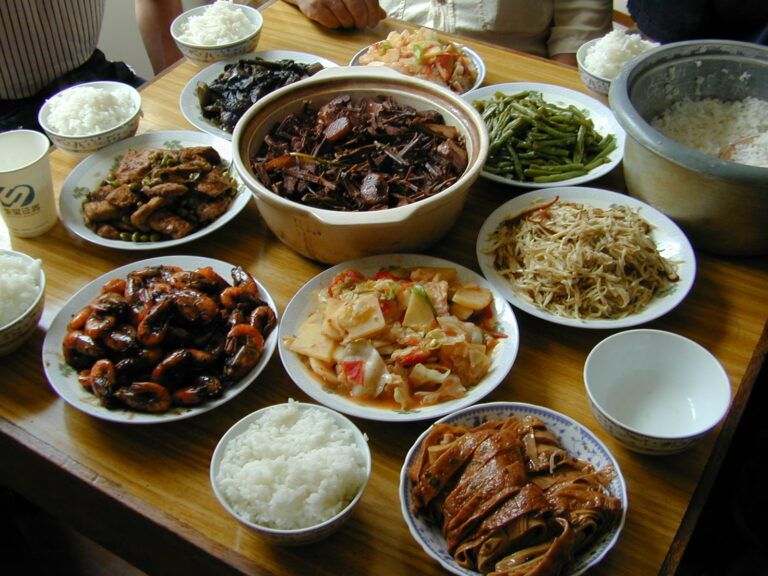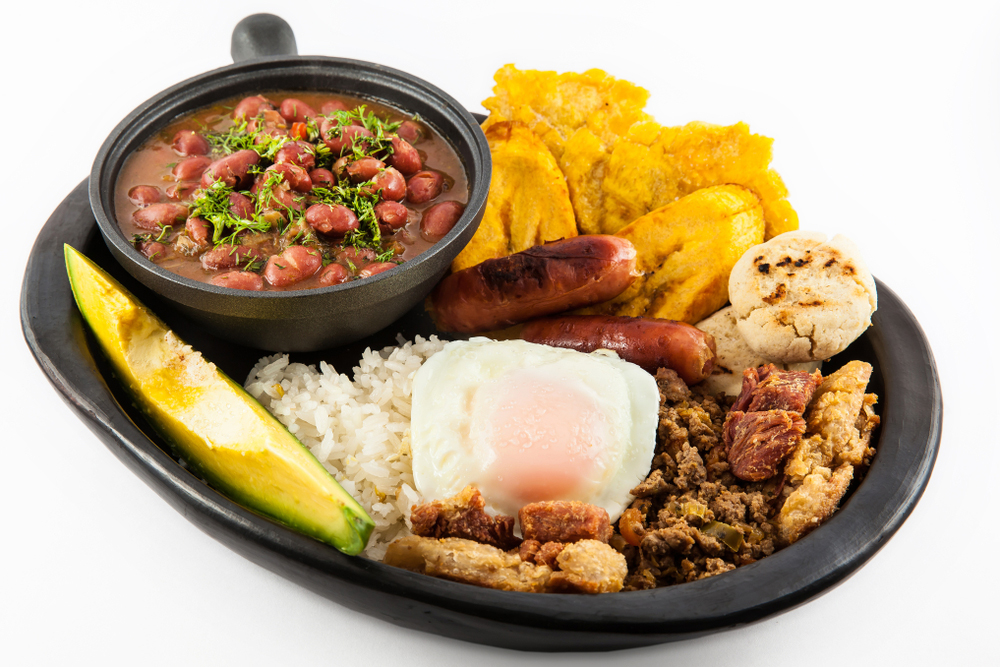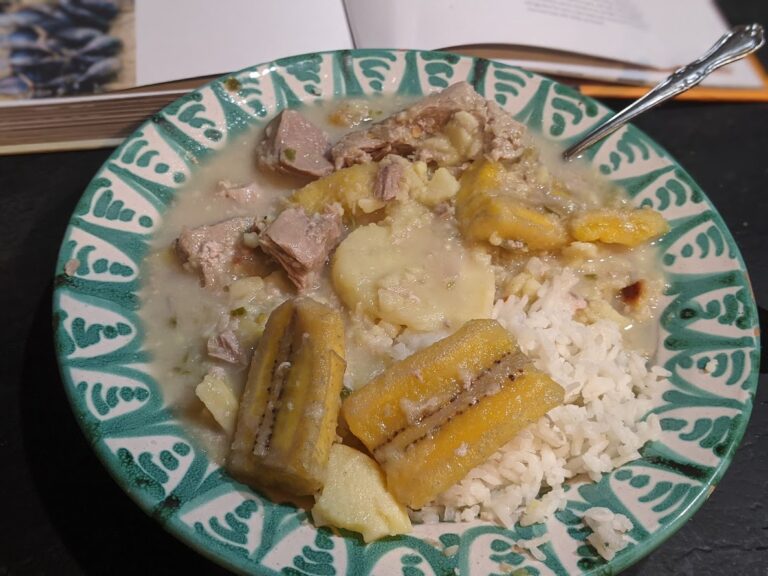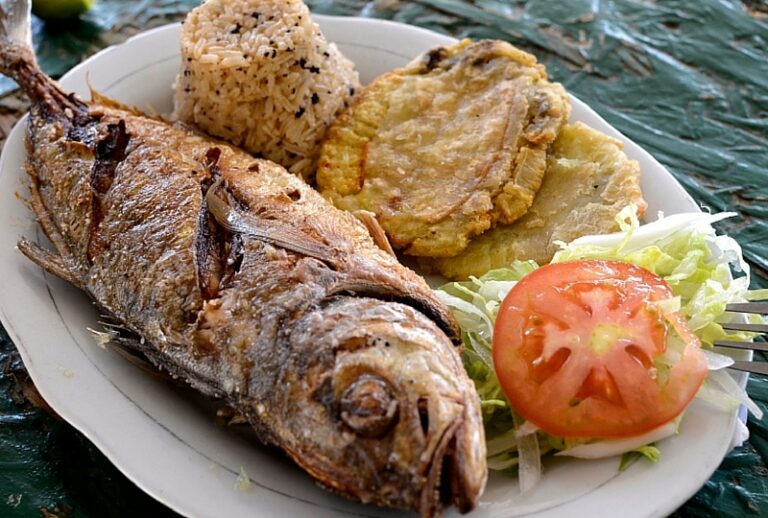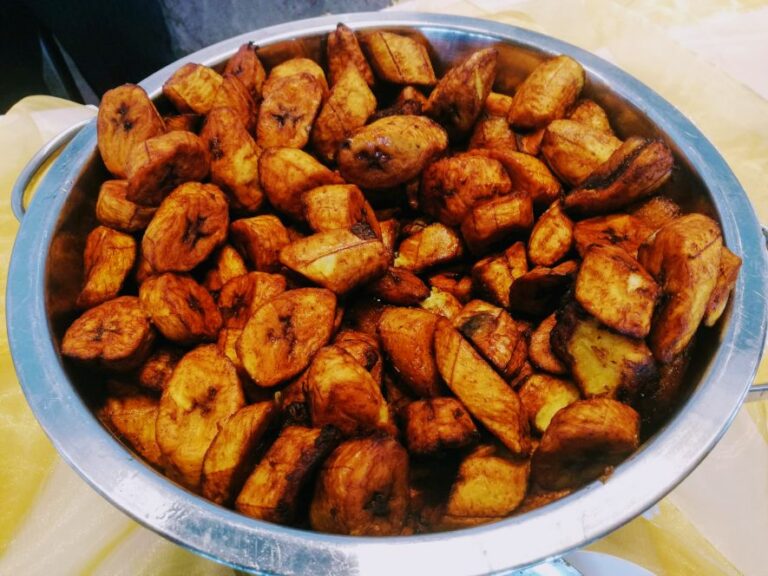Introduction: The Delights of Chinese Street Food
There’s nothing quite like the experience of exploring the bustling streets of China, surrounded by the sights, sounds, and smells of delicious street food. Chinese street food is a diverse and exciting world filled with an endless array of unique and delicious dishes. From steaming baozi to spicy hot pot, there’s something for everyone to enjoy.
Whether you’re a seasoned traveler or just looking to expand your culinary horizons, Chinese street food is a must-try. In this article, we’ll introduce you to some of the most popular and delicious street foods in China, so you can embark on your own culinary adventure.
Baozi: Steamed Buns Filled with Meat or Vegetables
Baozi are a staple of Chinese street food, and for good reason. These steamed buns are filled with a variety of meats, vegetables, and spices, making them a filling and satisfying snack or meal. Common fillings include pork, beef, chicken, vegetables, and even sweet bean paste.
One of the most popular varieties of baozi is char siu bao, which is filled with sweet and savory barbecued pork. Another delicious option is shengjian bao, which is pan-fried and filled with pork and a savory soup. No matter which type of baozi you try, be prepared for a burst of flavor in every bite.
Jianbing: A Savory Pancake with Egg, Vegetables, and Sauce
Jianbing is a popular Chinese street food that consists of a thin pancake filled with egg, vegetables, and a variety of sauces. This savory pancake is crispy on the outside and soft on the inside, making it a delicious and satisfying snack or meal.
Common toppings for jianbing include scallions, cilantro, pickled vegetables, and hoisin sauce. Some vendors also offer additional fillings like sausage or bacon. Jianbing is a popular breakfast food in China, but it can be enjoyed any time of day.
If you’re looking for a unique and delicious street food experience, be sure to try jianbing during your next visit to China.

